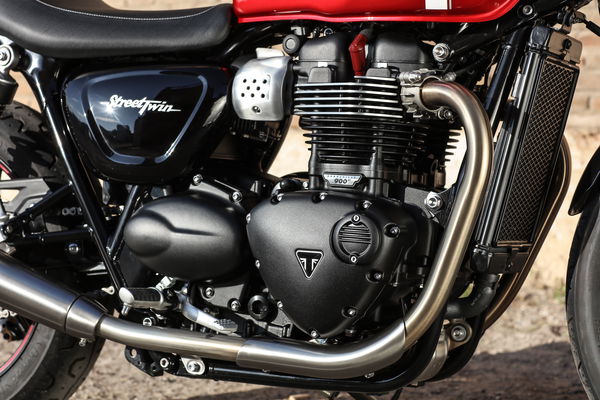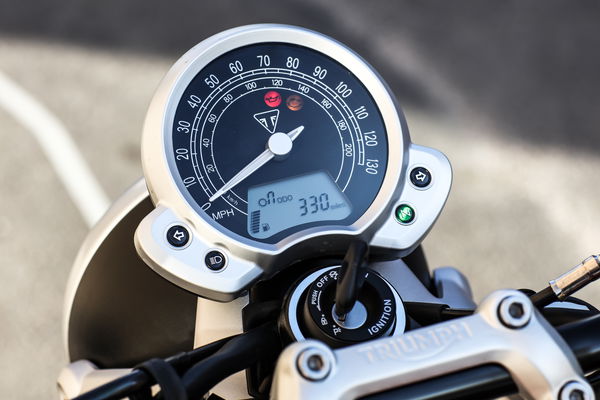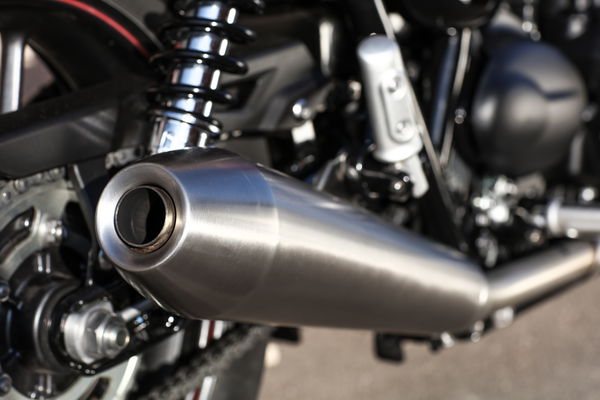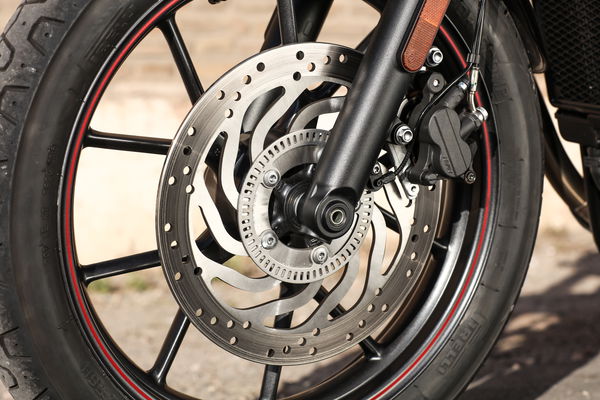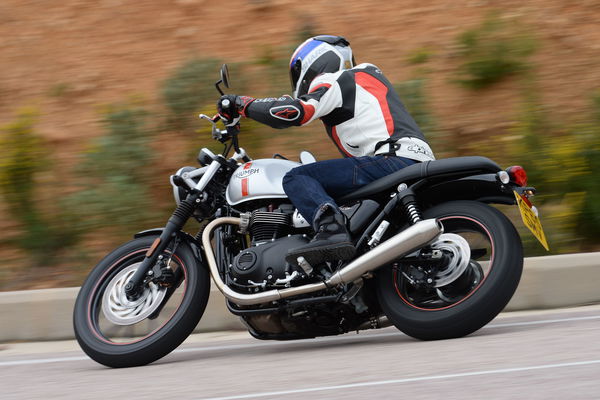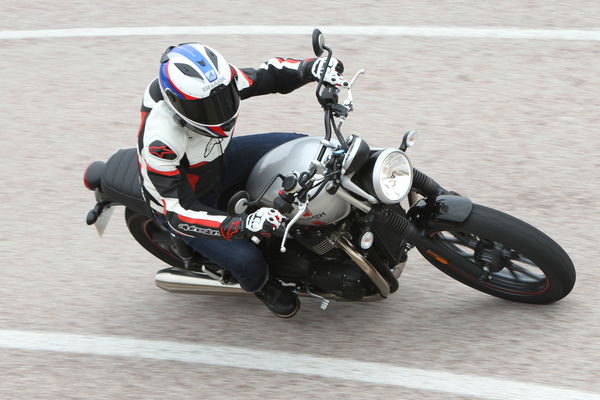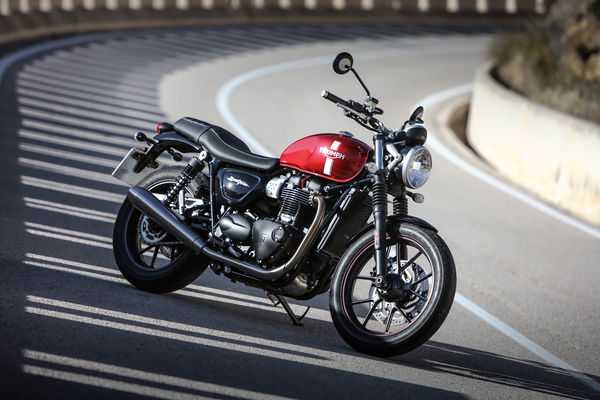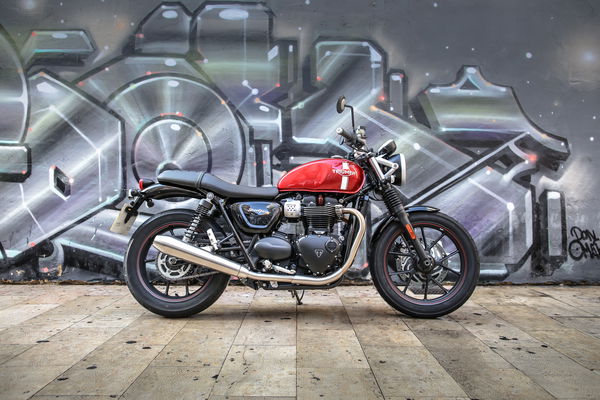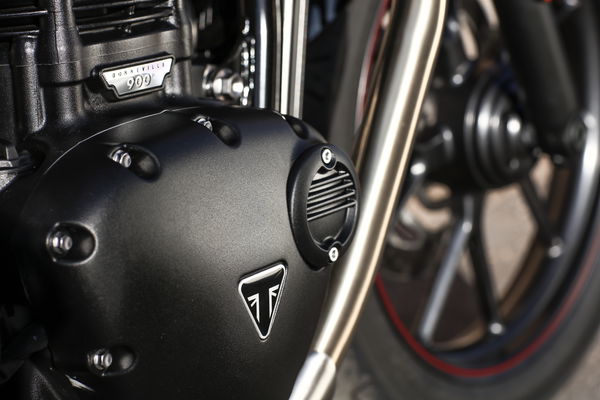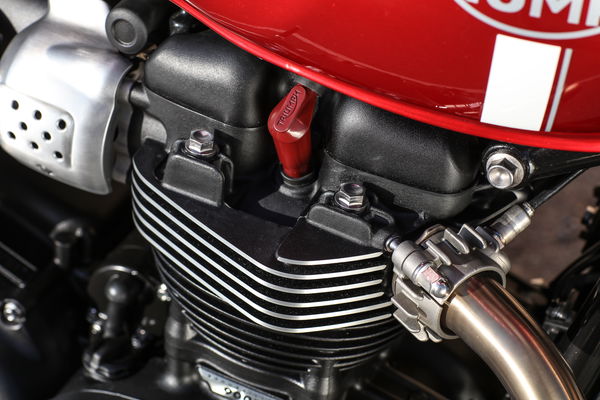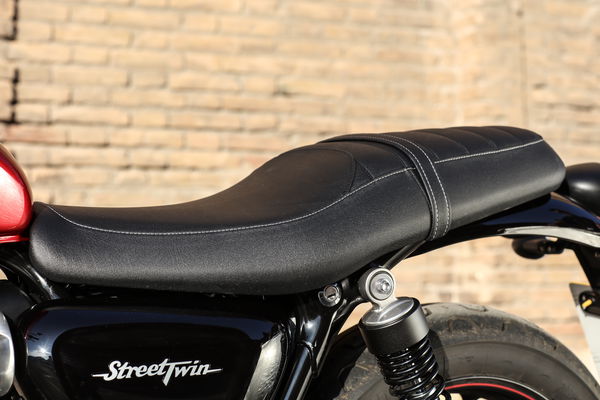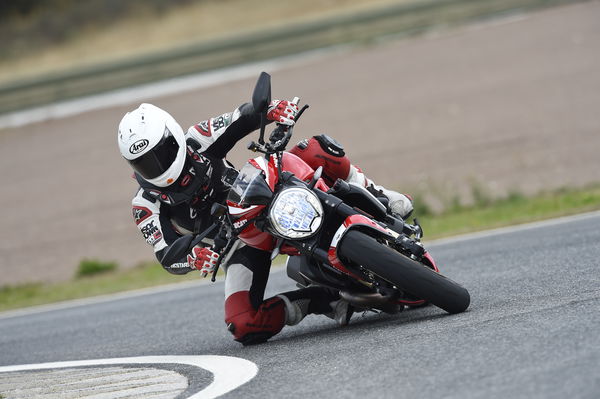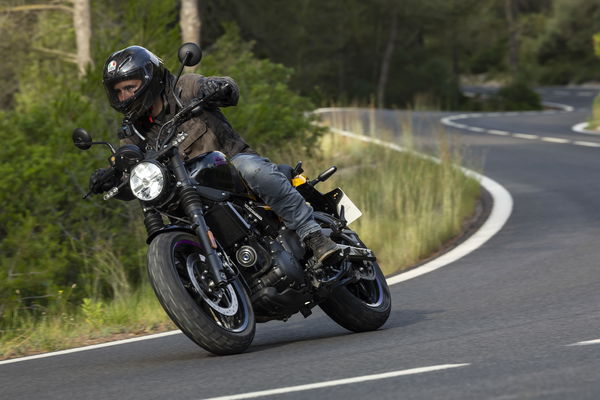Triumph Street Twin 2016 review
We ride the Triumph Street Twin at its launch event in Spain, seeing if it has got the performance to match its winning looks.
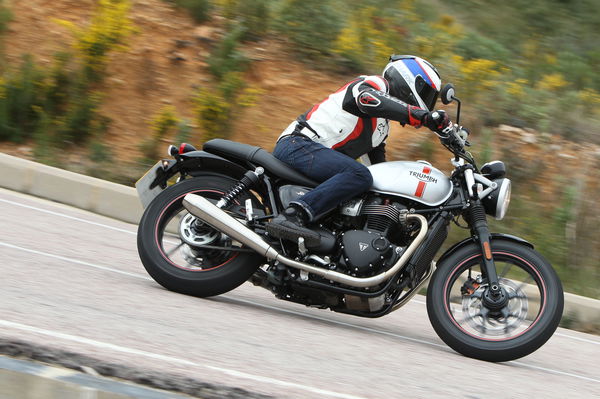
The Triumph Street Twin 2016 is an alluring motorcycle to look at, but is its performance just as attractive too?
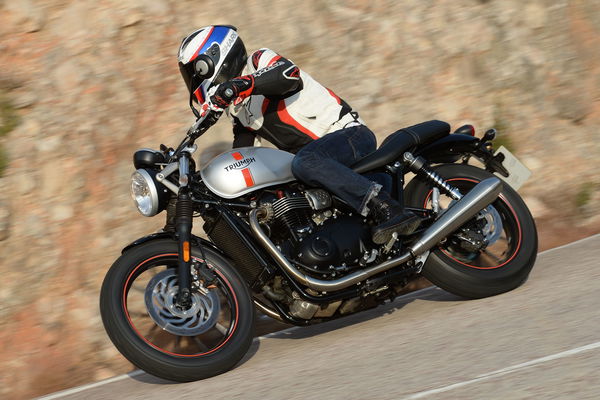
Triumph Street Twin 2016: Design
Modern retro. Neo retro. Contemporary classic. Whatever you want to call them, the demand for these bikes seems stronger than ever. It’s no surprise because modern retros promise to deliver something that many bikes don’t – the marketing often alludes to them being as much about a lifestyle as fun and transport, and they’re often sold as an opportunity to buy in to a scene or the heritage of a brand.
Take the the Ducati Scrambler, Yamaha XSR700 and BMW R nineT for example. To varying extents, they’re ready made retro for people who want to buy a slice of a biking ‘scene’ and the culture and heritage that goes with it. Is that a bit harsh? Probably, but when you include the Triumph Bonneville and its 56 year history in the same breath, it’s hard not to think of those bikes, as good as they are, as being a shallow distillation of what the Bonneville represents. Although that's not to say the Bonneville is leading the way - it hasn't been updated for ages and there's a risk that the Street Twin could be a bad pastiche of Triumph's most famous model. Let's find out.
Triumph Street Twin 2016: Engine
The Street Twin is powered by a new 900cc water cooled twin-cylinder eight-valve engine and a host of modern additions like traction control, a slip assist clutch and a USB port under the seat. It’s meant to be the most accessible of the new Bonnies and at £7,300 it’s the cheapest but is expensive compared to the £6,249 Yamaha XSR700 and the Ducati Scrambler Icon (which costs £50 less). Having said that, it makes more torque than both those bikes and if its what you're looking for, will certainly gives you more heritage than the XSR700 ever will.
I’m not beardy or cool enough to convincingly pull off this bike but it was accepting of me straight away – mostly because the low 750mm seat height is great for a short arse like me. It makes the Street Twin easy to paddle around with both feet flat on the ground. The seat is comfy and the bars put you in to a relaxed position that’s good for pottering through a busy city centre and swooping round country roads.
Pedestrians and other road users might not find the Street Twin quite so relaxing; if they’re out for a quiet stroll and you come thundering past, the fantastic noise from the exhausts is sure to shatter the peace. Triumph told us the exhaust system is the result of months of work by its engineers who tried to find the best way of making the bike Euro 4 compliant without it ending up sounding like an asthmatic hamster. They nailed it – it sounds just the way you’d want a classic British twin to sound – burbling nicely at low revs and emitting a crisp rasp as the throttle gets wound back. As we roared through sleepy villages near Valencia, the scowling faces of old ladies hanging out their washing told me how incredible the bikes sounded.
However, the engine’s bite isn’t as savage as its bark – 55hp isn’t powerful by modern standards - even less so when you consider the Street Twin’s 198kg claimed dry weight, but those ponies are enough to see 100mph on the single circular clock. Along with the noise from the exhaust, the 59lbft of torque is the motor’s most characterful and engaging facet and although it isn’t trying to rip your arms off at every opportunity, it’s present from almost no revs, with peak torque being delivered at 3,200rpm.
On the road it means the Street Twin’s engine has a character that matches the relaxed ergonomics and you can be really lazy with how you ride it. It’s not a bike that rewards being mercilessly nailed. On the twistier sections of the launch route, third gear and some leisurely throttle inputs were all that was needed to keep me surging forward on the engine’s easily accessible grunt, which is delivered via a ride-by-wire throttle. The throttle response is crisp and clean, if not as sharp as a sportsbike’s which is undoubtedly a good thing as it would upset the Street Twin’s easy going vibe. It fuelled without fault all day.
It looks the part too – it’s got the silhouette of a Bonneville engine and is beautifully finished with finned cylinder heads and exhaust header clamps but after a couple of hours’ riding, the paint on the plastic front sprocket cover had started to wear away where my boot was rubbing against it.
The engine didn’t perform flawlessly and cut out on me twice. Both times it died when I was slowing and going down the gearbox. It happened while I was aggressively scrubbing speed going from fourth to second, and again at a gentler pace as I changed from third to first gear. Both times I was off the throttle with the clutch in. It threatened to die a third time and but I saved it with a handful of gas. I spoke to one of the engineers about it and the first thing he asked me was whether I’d been aggressively slowing down, so whether that’s indicative of a known problem, I don’t know. At the launch he was a man in demand but I’ll try and catch up with him again to find out whether he can shed any light what he thinks may have happened and why.
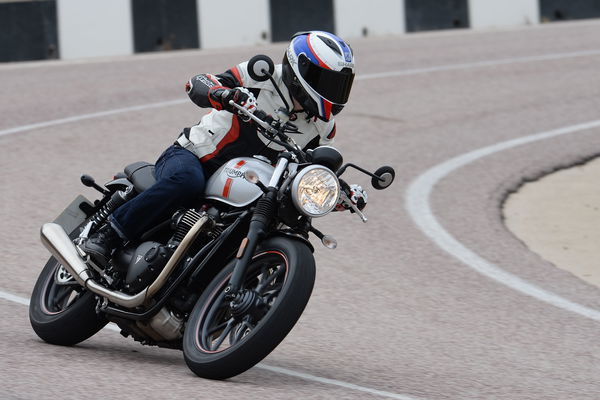
Triumph Street Twin 2016: Suspension and Handling
The Kayaba suspension (pre-load adjustable at the rear but not the front) is quite soft, but composed and soaks up bumps without any fuss, and the Street Twin has a plush, comfortable ride. During the initial 20 minutes heading out of Valencia city and into the surrounding hills, I assumed that as the road got more sinuous, the softness would equate to a wallowy ride but the Street Twin wasn’t fazed by having to negotiate winding and flowing sections of tarmac. The forks and shock handle the bike’s weight well and with its comfortable ride position the Street Twin feels nicely balanced, and is as easy to boss around at slow speed as it is to shove through a set of fast or winding corners.
Triumph is partly aiming the Street Twin at younger and less experienced riders and have included a couple of features that are intended to make it safer and easier to ride. For safety there’s the traction control system. It’s got two settings: on or off, and will undoubtedly provide peace of mind for some of the Street Twin’s potential buyers, although I never felt the bike's power was enough to need TC. I was trying to see if I could get it to kick in while gassing it hard off roundabouts but the roads were dry and the Pirelli Phantom Sport Comp tyres (developed specifically for this bike) gripped well and I couldn’t detect it kicking in. Secondly, there’s a slip assist clutch – it’s not a slipper clutch to help with down shifting but a system to give the bike a light clutch feel. Although it felt fine, there wasn’t anything remarkably light about it.
Triumph Street Twin 2016: Brakes
The front two-piston Nissin caliper has good bite and is well up to the task of getting the Street Twin stopped. Most of the time it felt smooth and full of feel but there were two occasions when I brought the Street Twin to a stop very quickly and feel for what the pads were doing was replaced by what I can only describe as a gravelly feel through the lever as the pads bit harder.
Should I buy the Triumph Street Twin 2016?
The Street Twin is fun to ride and easy get along with. There's no doubt it'll draw attention for its stripped back looks and great sound. Its greatest asset is the way riding it is a rich experience that can be enjoyed on just a short run to the shops or a longer blast. If you buy in to the heritage and retro things, then this is a bike with a name that comes with history that goes deeper than the marketing material or its competitors. But then there's the price - it's expensive (not that that will stop it from selling) and for over £7k I'd want more power and less weight before I got my wallet out.
- Model tested: Triumph Bonneville Street Twin
- Price: £7,300
- Engine: 900cc liquid-cooled 8-valve parallel twin
- Power: 55hp at 5,900rpm
- Torque: 59lbft at 3230rpm
- Dry weight: 198kg
- Frame: Tubular steel cradle
